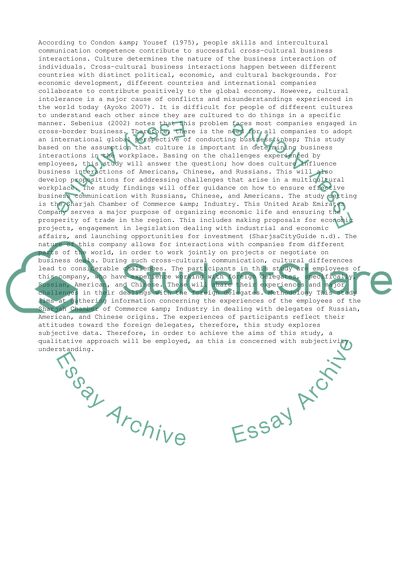Cite this document
(“Cultural Behaviour in the Workplace Research Paper”, n.d.)
Retrieved from https://studentshare.org/management/1481486-cultural-behaviour-in-the-workplace
Retrieved from https://studentshare.org/management/1481486-cultural-behaviour-in-the-workplace
(Cultural Behaviour in the Workplace Research Paper)
https://studentshare.org/management/1481486-cultural-behaviour-in-the-workplace.
https://studentshare.org/management/1481486-cultural-behaviour-in-the-workplace.
“Cultural Behaviour in the Workplace Research Paper”, n.d. https://studentshare.org/management/1481486-cultural-behaviour-in-the-workplace.


